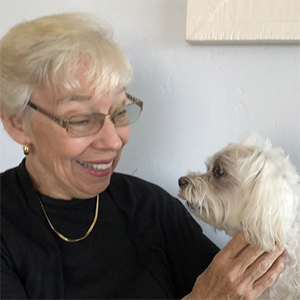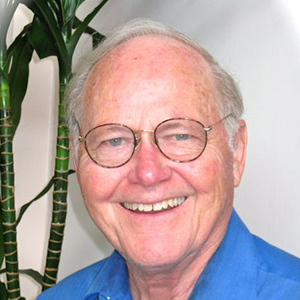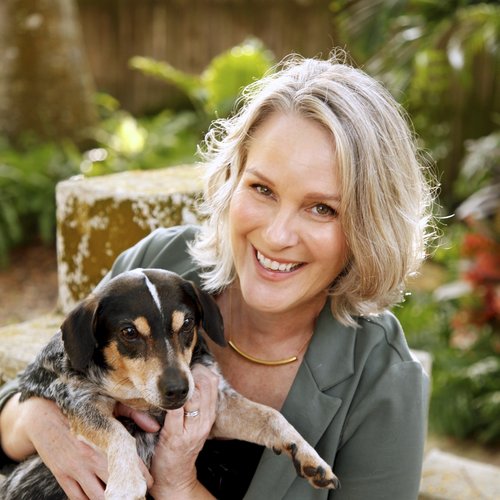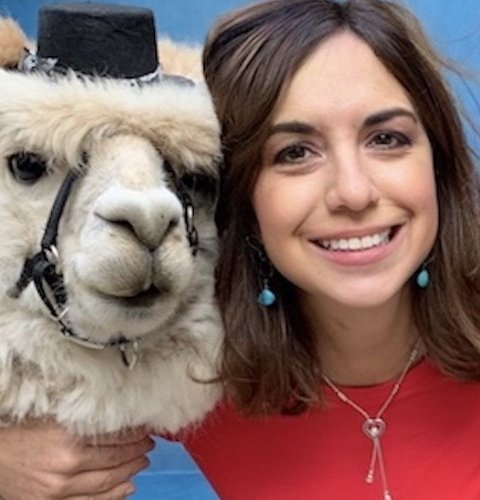
After three decades of research, evidence overwhelmingly confirms that hope is a significant predictor of wellbeing. Hope is attributed to health, higher productivity, lower turnover and increased job satisfacction. The positive psychology construct of Hope Theory offers insight into the ways hope contributes to personal and organizational effectiveness. Jon Tunheim will use the language and framework of Hope Theory to present a servant leadership paradigm centered on building a hopeful culture for organizational success.

WSU recently launched a veterinary scribe and preventative health certificate with the goal of providing training to entry level paraprofessionals. This presentation will provide an overview of the certificate contents, student and employer data, and future goals of the program.

Dean Borjesson will provide a short overview of what the College is doing to address challenges around workforce development. Building on the previous session on our paraprofessional program, she will overview class size, admissions, and approach to recruitment of students from all backgrounds. After the overview, she and Hayden Milligan will host a Q&A and listening session to hear from attendees about their experiences and to discuss how the College, the association and veterinary professionals can work together to find solutions

During this session, Dr. Bhakta will introduce veterinary professionals to practical and actionable techniques that they can use in their day-to-day practice to manage compassion fatigue, anxiety, and stress.
During this session, Dr. Bhakta will introduce veterinary professionals to practical and actionable techniques that they can use in their day-to-day practice to improve communication among their team. It will also offer an introduction to cross-cultural communication strategies as the veterinary industry continues to become more diverse.

During this session, Dr. Bhakta will introduce veterinary professionals to practical and actionable techniques that they can use in their day-to-day practice to improve communication among their team. It will also offer an introduction to cross-cultural communication strategies as the veterinary industry continues to become more diverse.

As we observe the tension and pressure felt by veterinary staff, we sense the absence of basic communication skills. Being able to communication more effectively will not only give team members more confidence in their interactions with colleagues and clients, it will enable them to experience a reduction in tension.

As we observe the tension and pressure felt by veterinary staff, we sense the absence of basic communication skills. Being able to communication more effectively will not only give team members more confidence in their interactions with colleagues and clients, it will enable them to experience a reduction in tension.

Attendees will learn the multiple ways that relief vets are invaluable assets to a practice. Benefits to practices and tips for maximizing productivity on relief days will be outlined. I’ll share simple techniques for clinic staff to create smooth, satisfying visits for clients on relief days.
Learn why veterinarians are choosing relief practice and the lessons to be learned from this growing trend. Practices can leverage these different types of relief pros to help their hospitals thrive. Understand the objections to using relief vets and how to overcome these challenges.
We’ll talk about how to convert 5 sabotaging thoughts into freeing beliefs that will help attract candidates to your practice. This presentation will include discussions of writing a click worthy job post, converting relief vets to full timers, and how to create an irresistible culture.

Recruitment in today’s work force is about learning how not to hire the wrong people, the do’s, the don’ts, and how to be successful in finding the right team members.

This morning with Shauna, we will dive into the issues that contribute to support staff burn out, decreased morale, and turn over straight from the affected population. As practice managers, supervisors, or leads, you have the power to take initiative toward change and an increase in your staff’s satisfaction and ability to thrive. Not only will this improve the environment, but it can reduce costs for the facility.

In this session, the attendee will learn the 7 levers that strengthen the bond with their clients. Understanding the client’s “love language” is an essential part of building (and keeping) a profitable, sustainable, efficient practice centered around the veterinary-client relationship. Identifying, retaining and engaging customers, especially high and mid-value, is critical to maximizing the veterinary team’s daily impact on the lives of animals.